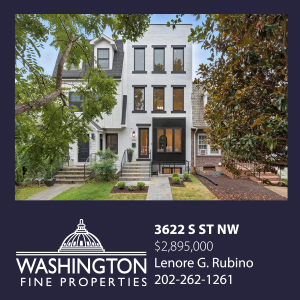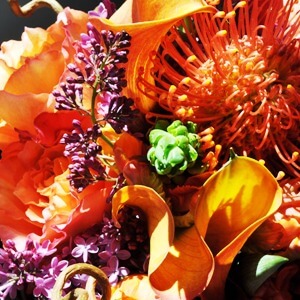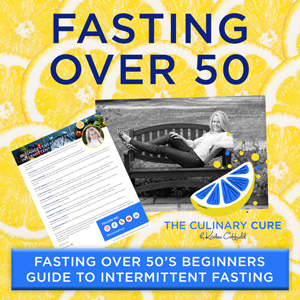Warhol's Muses
Celebrating Laurence Leamer's new book on Andy Warhol at Cafe Milano.
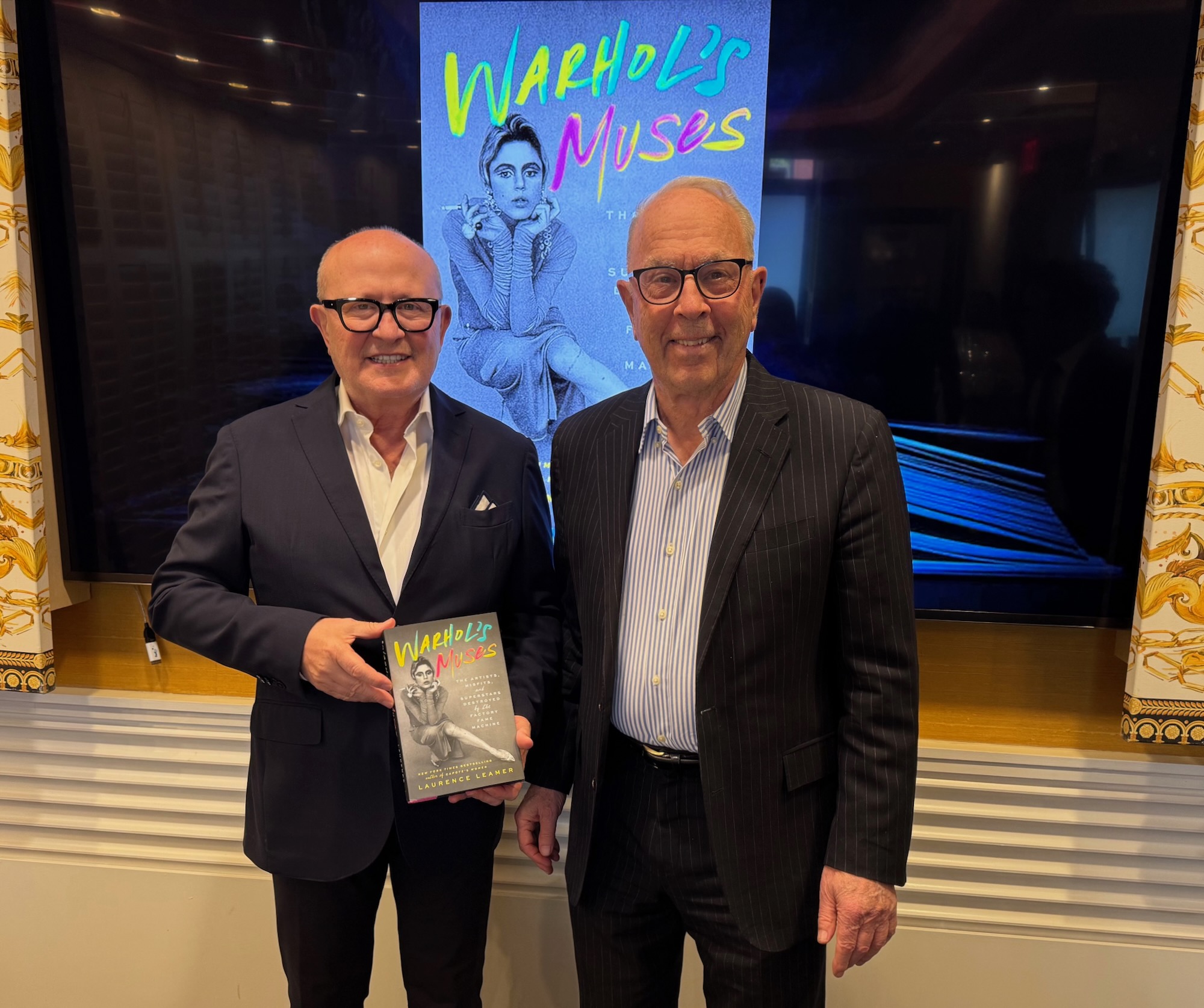
Franco Nuschese welcomed best-selling author and Georgetown resident, Laurence Leamer and his wife Vesna to Cafe Milano last Thursday. At a private luncheon celebrating the launch of Warhol’s Muses: The Artists, Misfits, and Superstars Destroyed by the Factory Fame Machine, Leamer regaled guests with anecdotes of Andy Warhol’s early years. As dessert was being served, iPhones buzzed with the auspicious announcement of a new Pope.
Whether you’re old enough to remember the counterculture 60s or you’ve grown up in an age where followers are collected, Warhol’s Muses is a must-read for its insight into the making of celebrity, where art, culture and social norms collide. If art was the vehicle that brought Warhol celebrity, his muses were the engine that fueled the ride.
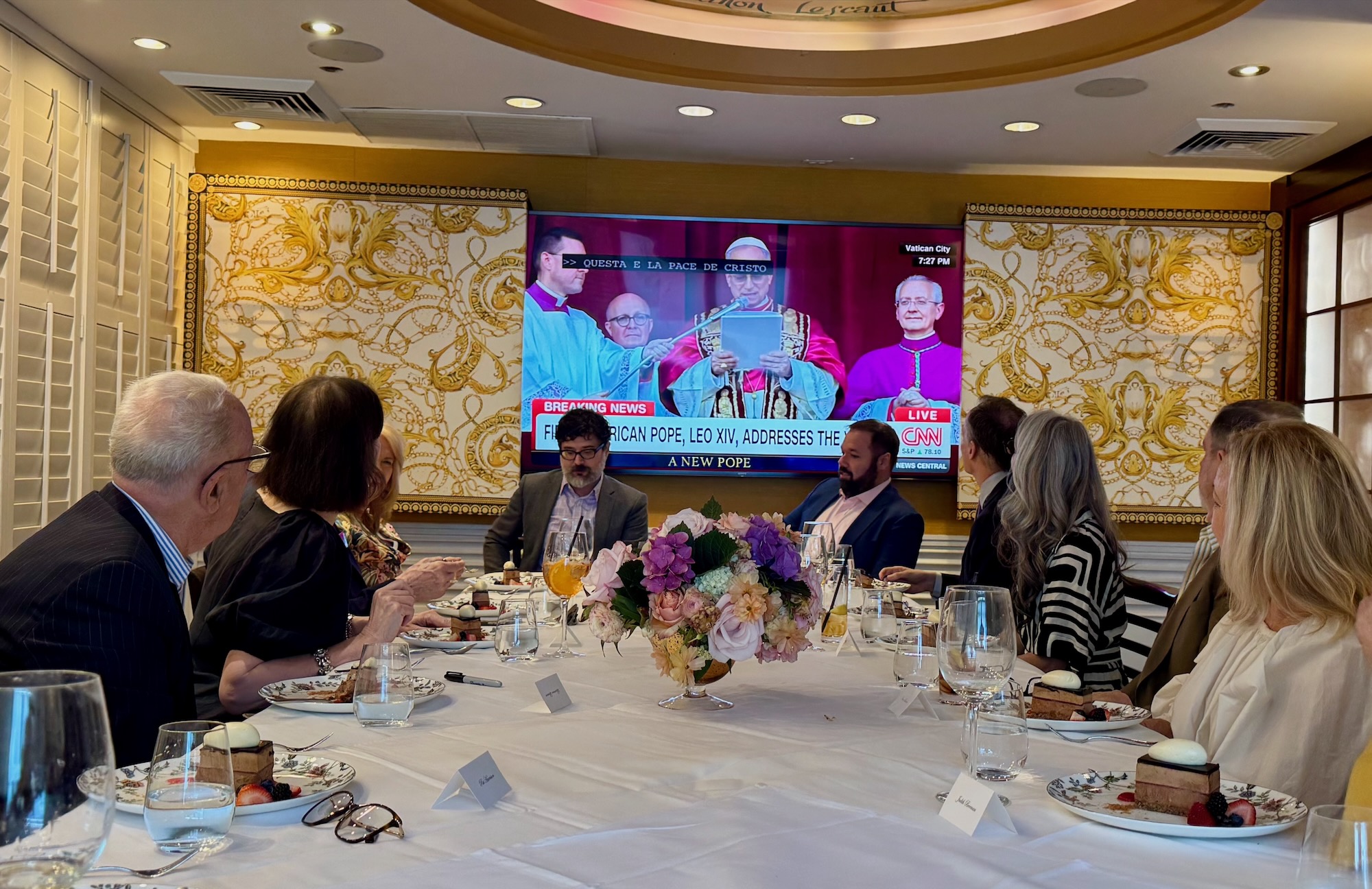
His silkscreen portrait of Marilyn Monroe sold for $195 million dollars. Heinz Ketchup bottles, four flowers in a field and Campbell’s soup cans were among his favorite subjects. He was the most famous, successful 20th century American artist.
With TV commercials as inspiration for his underground films and portrait subjects, he began his career. Images of movie stars and common everyday items blown up and replicated are synonymous with the pop artist.
How it started. It was 1964 at a well attended opening at Warhol’s Stable Gallery in Manhattan, an anti-art show with boxes of Kellogg’s Corn Flakes but no sales. As Leamer explained, “He called himself an ugly little man. How was he going to sell his brand. I’ve got to get a way to get to these fancy parties with these beautiful women. My book is about these 10 women from very wealthy families, who were seeking freedom.”
Not the first biography of Warhol but here the author dives deep into the artist’s rise to fame focusing on the Factory Girls who helped him get there. With exhaustive research and unprecedented access to 3,400 private tape recordings, it’s as much a celebration of success as it is a cautionary tale. Especially for the women. From his downtown bohemian New York studio, Warhol collected them. Baby Jane Holster, Edie Sedgewick, Ultra Violet, Viva and others. He called them Superstars, often featuring them in his films. He befriended them to gain access to the insular wealthy world that would help him promote and sell. Iconic women like Jackie Kennedy and Elizabeth Taylor were his subjects. Not his muses.
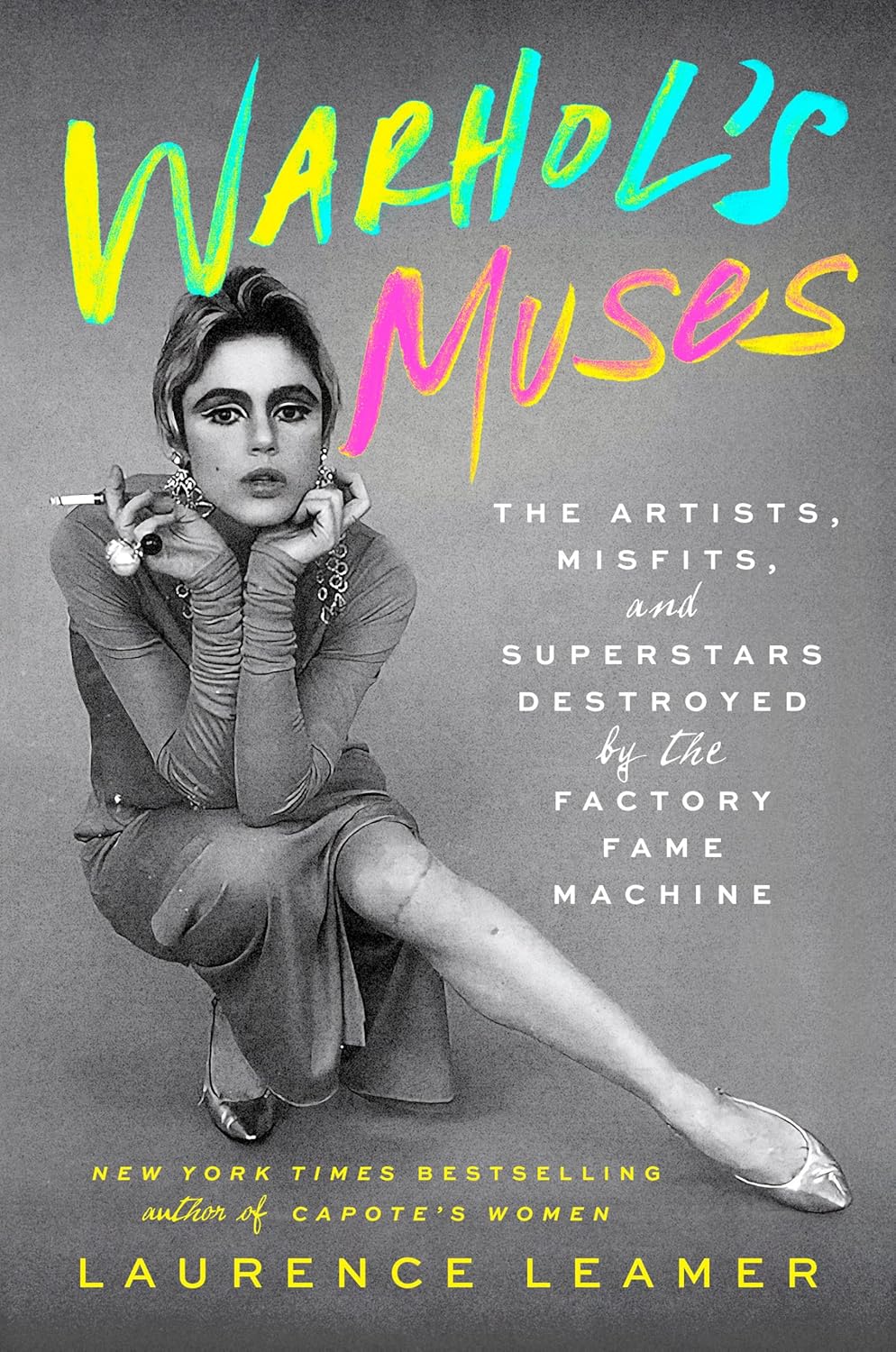
And then there was Valerie Solanas, a disgruntled writer and activist who shot Warhol at the Factory in 1968. He survived but the injuries he sustained had a profound impact on his health and career.
Fascinating stuff. A retrospective of a contemporary iconic artist and an overdue peek into the intimate lives of his often caricatured and mostly forgotten women.

